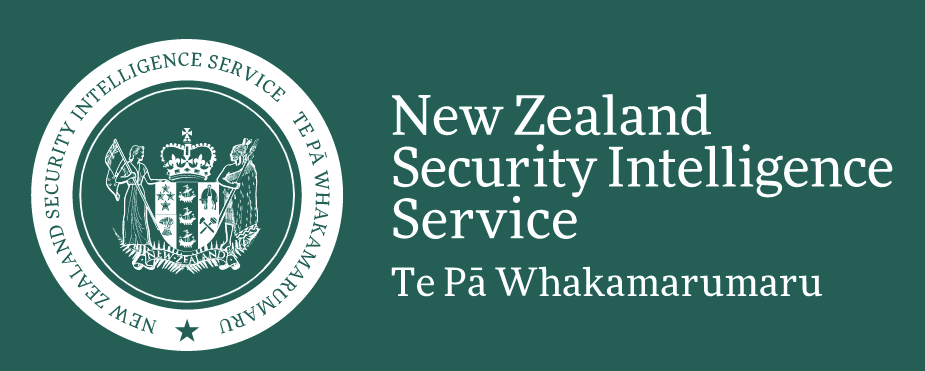
New Zealand Security Intelligence Service (NZSIS)
- Agency: New Zealand Security Intelligence Service (NZSIS)
- Creation Date: April 28, 1956
- Legal Act: New Zealand Security Intelligence Service Act 1969
- Location of Headquarters: Wellington, New Zealand
- Director: (2024) Rebecca Kitteridge
- Number of Employees: (Classified) – estimated to be over 300
- Annual Budget: (Classified) – estimated to be over NZD 50 million
- Website: www.nzsis.govt.nz
- Mission Statement: To protect New Zealand's national security interests by collecting and analyzing intelligence, and providing assessments and advice to the government.
- Core Values: Integrity; Independence; Impartiality; and Professionalism.
- Collection Types: HUMINT and others
- Organization Type: Civilian
- Oversight Body: Intelligence and Security Committee of Parliament
- Area of Operations: Domestic / National, with a focus on international threats affecting New Zealand
- Brief History: The New Zealand Security Intelligence Service (NZSIS) was established on April 28, 1956, to address security concerns during the Cold War. The NZSIS Act of 1969 clarified its legal framework. Over the years, the NZSIS has adapted to evolving security challenges, including terrorism and cyber threats.
- Powers: The NZSIS is empowered to collect intelligence on activities that may pose a threat to New Zealand's national security. It operates within the legal framework defined by the NZSIS Act, with a focus on both domestic and international threats. The NZSIS works closely with other security and intelligence agencies to address potential risks.
- Notable Operations:
- Operation Horopito: A counterespionage operation in the 1980s focused on identifying and neutralizing foreign intelligence threats.
- Counterterrorism Efforts: Ongoing efforts to monitor and counteract potential terrorist threats, including collaborations with international partners.
- Cybersecurity Initiatives: The NZSIS is actively involved in addressing cybersecurity challenges, working to safeguard critical infrastructure and sensitive information.
